Welcome to the dawn of the AI era, where artificial intelligence is not just a buzzword but a powerful tool that’s transforming the digital landscape. Among the game changers is ChatGPT, an AI chatbot that’s redefining the way we interact with technology. Let’s embark on a journey to uncover the intriguing science behind ChatGPT and explore “what is ChatGPT” and how it’s shaping the future of AI.
Key Takeaways
ChatGPT is a sophisticated AI chatbot using Generative Pre-trained Transformers, with upgrades like GPT-3.5 Turbo and GPT-4, and utilizes reinforcement learning from human feedback (RLHF) to generate natural conversations.
The AI experiences practical applications in both personal and business contexts, able to integrate via ChatGPT API for tasks such as email drafting and personalized learning, with the GPT store allowing creators to monetize custom bots.
ChatGPT, while powerful, has its limitations regarding accuracy, contextual memory capacity, and ethical implications including potential job displacement, and there are emerging alternatives like Google Bard, Bing Chat, and open-source models.
ChatGPT: The AI Powerhouse
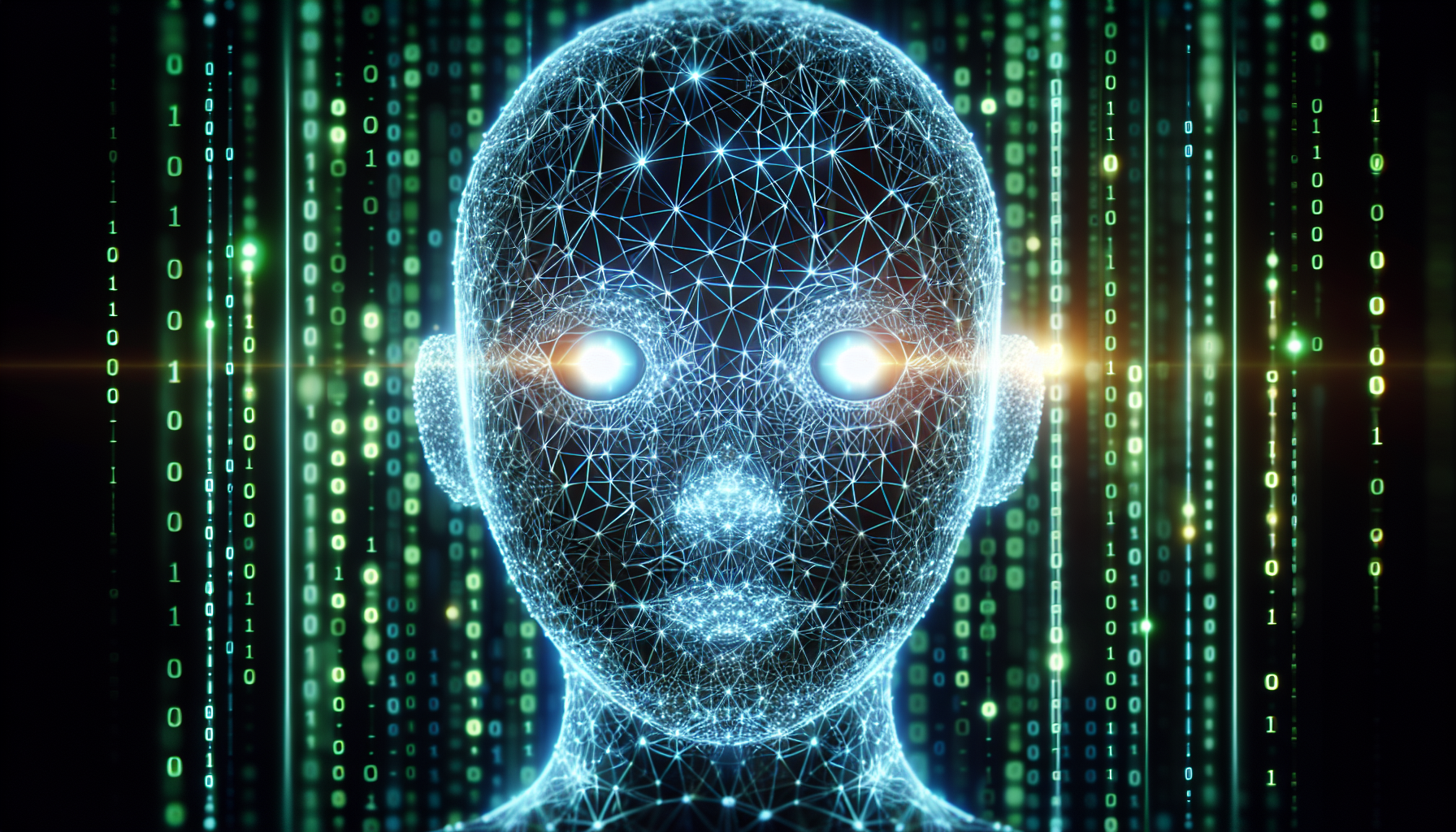
Meet ChatGPT, a powerful AI chatbot developed by OpenAI that’s revolutionizing the world of artificial intelligence. Capable of generating human-like text, ChatGPT utilizes algorithms called Generative Pre-trained Transformers, specifically GPT-3.5 Turbo and GPT-4, to closely mimic human language. But, how does ChatGPT work?
Upon a closer examination, we discover that ChatGPT, a large language model, leverages reinforcement learning to enhance its functionality. It integrates human feedback and reward models to prioritize and select the most suitable responses, thereby improving the naturalness and engagement of its conversation.
Furthermore, the ChatGPT API acts as a gateway, integrating AI-powered language capabilities into a plethora of applications. And the best part? It’s surprisingly affordable, costing just $0.001 per 1,000 input tokens and $0.002 per 1,000 output tokens, which is roughly equivalent to 750 words.
Language Model Evolution
Like other technologies, ChatGPT underwent a progression. It is an advancement from the GPT-3.5 and GPT-4 models, which are sophisticated iterations of the Generative Pre-trained Transformers. But what prompted this evolution?
Driven by the need for increased speed, competitive pricing, and enhanced capabilities, ChatGPT incorporated the GPT-3.5 Turbo and GPT-4 models. These improvements were bolstered through the investment in human feedback, thus fine-tuning the AI’s ability to comprehend context and generate nuanced responses.
OpenAI’s Role
Behind the marvel of ChatGPT is the innovative organization OpenAI. With a mission to ensure that artificial general intelligence benefits all of humanity, OpenAI is committed to making significant contributions to the field of AI while prioritizing safety, ethics, and the well-being of humanity.
OpenAI’s contribution to the development of ChatGPT is substantial. The organization created the large language models that drive ChatGPT’s functionality, marking a significant advancement in AI. The introduction of ChatGPT in November 2022 caused a ripple effect in the AI landscape, bringing about substantial changes.
The role of OpenAI was further reinforced by:
A $10 billion investment from Microsoft
Microsoft’s significant role in the development of ChatGPT
Bolstering Microsoft’s competitive position in the AI industry.
Unraveling the Technology Behind ChatGPT
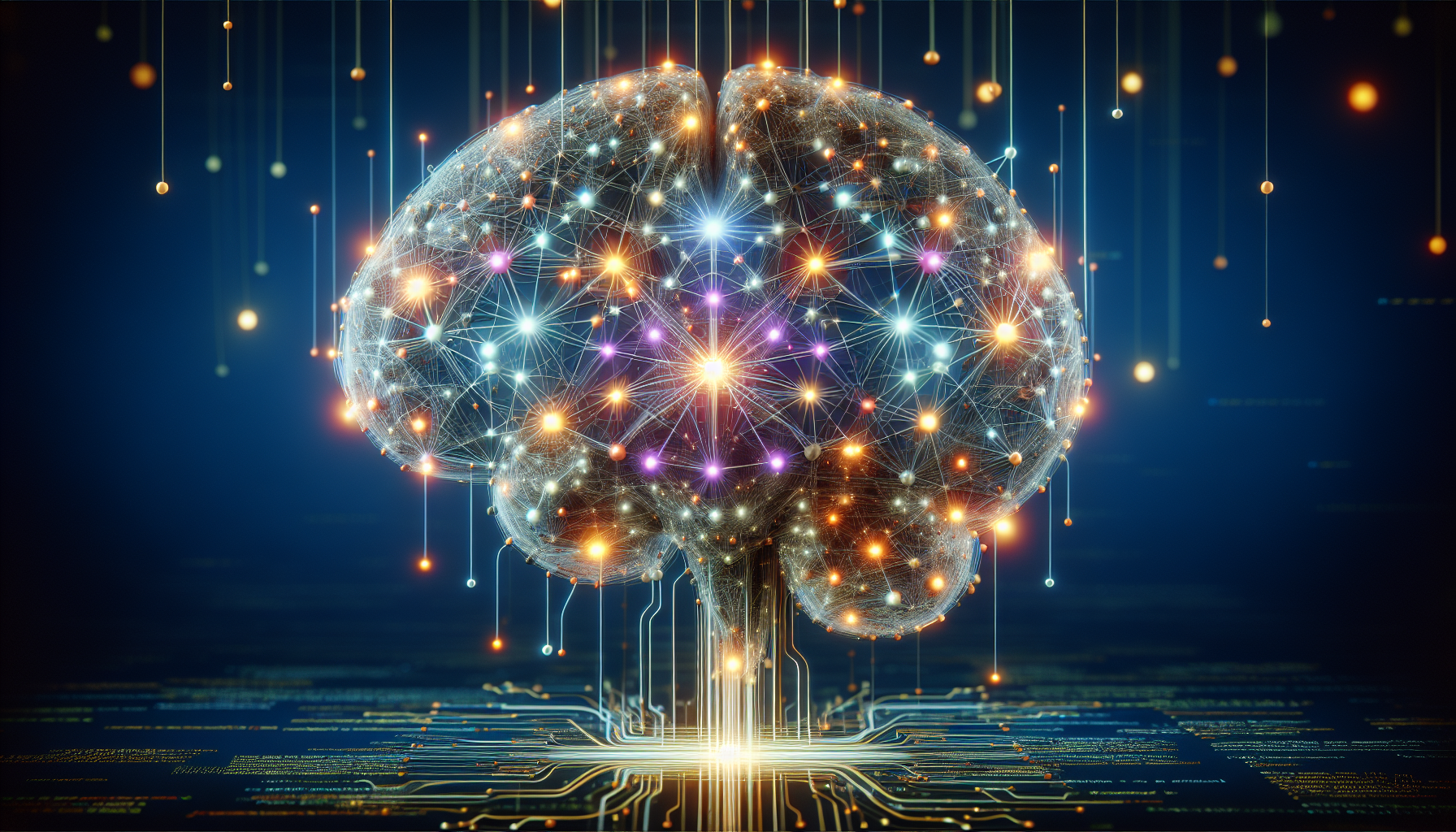
What underpins ChatGPT’s capability? The core technology comprises generative pre-trained transformers, reinforcement learning from human feedback (RLHF), and transformer architecture. These components enable ChatGPT to generate coherent and contextually relevant responses.
Generative pre-trained transformers, a class of extensive language models, enable applications like ChatGPT to generate human-like text and respond to queries in a conversational style. This forms the backbone of the AI’s capability to identify patterns in data sequences and generate text that resembles human language.
Moreover, Reinforcement learning from human feedback (RLHF) is an integral component of ChatGPT’s learning process. By integrating human feedback into the training loop, the model’s performance is enhanced, resulting in more natural-sounding responses. Further, the model learns to rank responses better using comparison data between different model outputs.
Generative Pre-trained Transformer
Generative Pre-trained Transformers (GPT) underpin ChatGPT’s capabilities. Developed by OpenAI, GPT uses both unsupervised and supervised learning to generate text that logically follows from a given input.
Unsupervised learning in GPT models allows them to independently learn underlying patterns and relationships in a large volume of text data without explicit guidance or labeled examples.
Generating new text is an art for GPT. It samples from the probability distribution of potential next words that could follow a given sequence of input text, simulating a coherent continuation of the text. This technique, known as ‘next token prediction’, enables GPT models to analyze a given text string and endeavor to forecast the subsequent word or symbol that would be most fitting.
Reinforcement Learning from Human Feedback (RLHF)
Reinforcement Learning from Human Feedback (RLHF) also plays a pivotal role in shaping ChatGPT. It’s an additional training method where human reviewers assess the outputs generated by the AI and impact the training process.
Within the RLHF process for ChatGPT, there is a sequence involving pretraining, supervised fine-tuning, and the integration of feedback. Human annotators play a crucial role in developing a reward model based on their preferences and instruction data. This interaction significantly influences the training data and enhances the AI’s responses.
RLHF is not just a process; it’s a tool for enhancement. The feedback from human annotators, also known as human AI trainers, enables the AI to refine its responses iteratively, leading to increased accuracy and the delivery of contextually appropriate answers that align with users’ intents.
Transformer Architecture
Let’s now focus on the transformer architecture integral to ChatGPT. This architecture utilizes a self-attention mechanism to analyze words in their relationship to one another within a sentence.
The transformer architecture, with its self-attention layers, enables effective and precise natural language processing, which is crucial for comprehending and producing human-like responses. Further, positional encoding in the transformer architecture guarantees that the sequence of words is taken into consideration during text processing.
Accessing and Interacting with ChatGPT
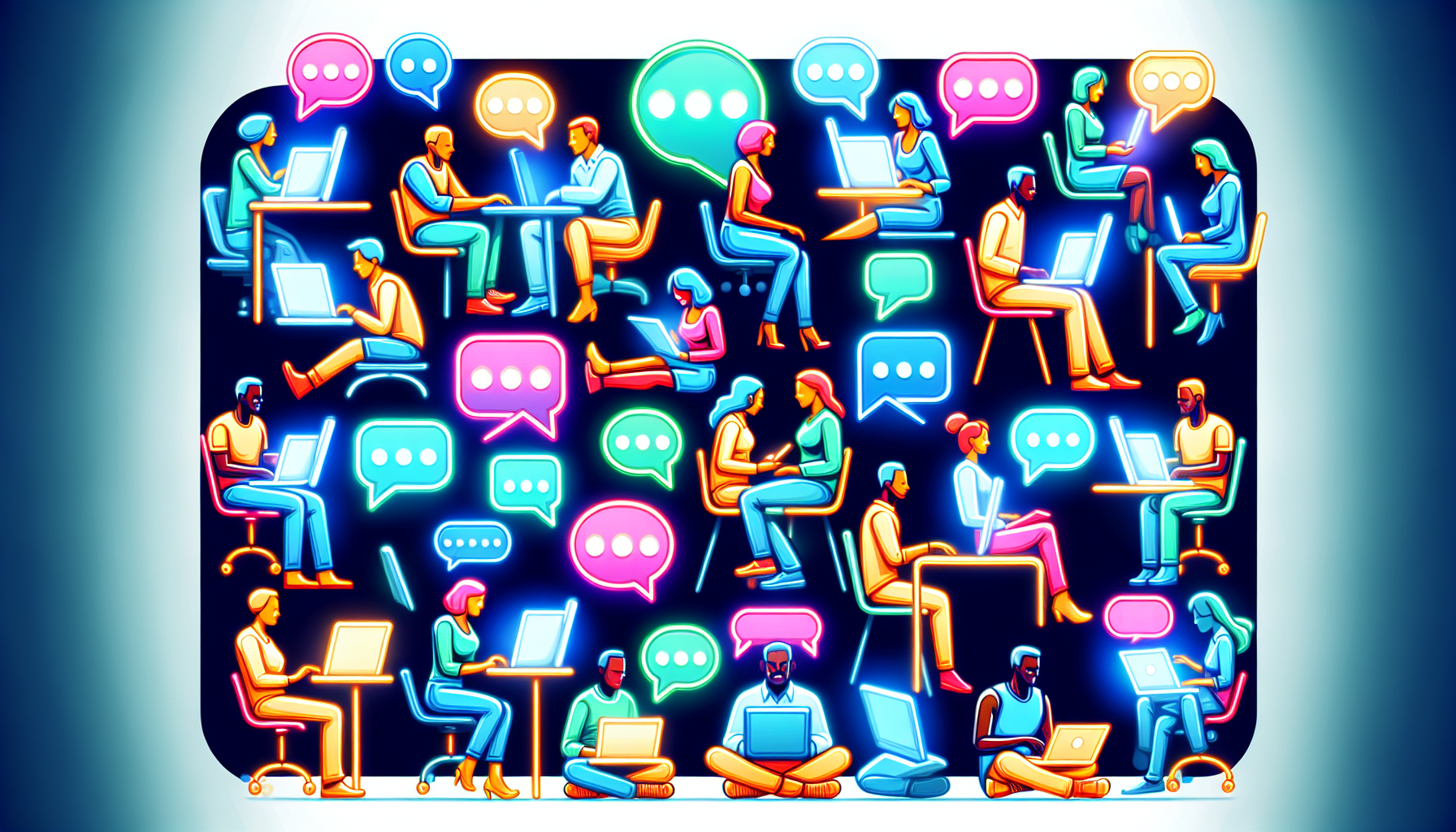
Having delved into the scientific underpinnings of ChatGPT, you might be curious about how to engage with this AI dynamo. Users have the option to access ChatGPT through OpenAI’s website or mobile app.
However, engagement isn’t limited to the free version. In September 2023, OpenAI enhanced ChatGPT Plus by adding features like the ability to upload images on the web platform and enabling mobile app users to interact with the chatbot using voice.
Free vs. Paid Versions
Regardless of whether you’re a casual or power user, ChatGPT caters to all. The free iteration of ChatGPT offers a host of features but with certain limitations like restricted server capacity and absence of customer support.
Conversely, ChatGPT Plus, the subscription-based version, offers priority responses, customer support, and is constructed on the more sophisticated GPT-4 model. For a monthly cost of $20, ChatGPT Plus offers faster response times, no blackout windows, unlimited availability, and priority access to new features.
Mobile App Availability
For those constantly on the move, ChatGPT offers a solution. The iOS app for ChatGPT was introduced by OpenAI in May 2023, and it was succeeded by the launch of an Android app in July 2023.
The ChatGPT mobile app offers features such as chat history syncing and voice input. ChatGPT users’ feedback for the ChatGPT mobile app has been largely positive, with users praising its performance, speed, and reliability.
Practical Applications of ChatGPT

ChatGPT, apart from its technology and accessibility, showcases enormous potential in real-world applications, and this is where chatgpt works exceptionally well. For instance, ChatGPT can compose email replies and subsequently store them as a Gmail draft, enabling more articulate and expedited email responses.
However, its applications extend beyond email assistance. ChatGPT can assist with an array of personal tasks such as developing a personalized workout routine or facilitating the process of generating ideas. In the context of brainstorming, it can utilize different techniques such as focused brainstorming, offering context, alternative viewpoints, and open-ended inquiries to aid in refining and generating new ideas through interactive engagement.
Business Integration
For enterprises, ChatGPT offers a wide array of applications. Developers can seamlessly incorporate ChatGPT into their applications and services using the ChatGPT API, leading to streamlined automation and increased efficiency.
Businesses can also leverage the GPT builder to customize their own iteration of ChatGPT to fulfill particular needs. For instance, businesses can develop a bespoke GPT specialized in tasks such as drafting social media posts, identifying code errors, or generating product descriptions, enhancing their resources with tailored AI capabilities.
Moreover, the GPT store provides a platform for creators of custom bots to share and monetize their unique versions of ChatGPT. It not only facilitates a marketplace for these specialized bots but also enables creators to generate income from their innovations.
Lastly, Zapier’s ChatGPT integration utilizes the ChatGPT API to establish a connection between ChatGPT and numerous other applications. This enables businesses to streamline workflows by seamlessly incorporating AI capabilities into their current app environment, ultimately enhancing efficiency across a wide range of applications.
Personal Use Cases
On a personal level, ChatGPT can function as a personal educational aide by:
Addressing inquiries
Elucidating complex concepts
Providing immediate feedback on assignments
Designing customized practice exercises for students involved in remote learning or tutoring.
What’s more, ChatGPT can also assist with meal planning. Users have the capability to:
Upload images of the contents of their refrigerator
Receive suggestions for dinner
Get detailed recipes utilizing those specific ingredients
Obtain pertinent information about the food items.
Limitations and Concerns of ChatGPT
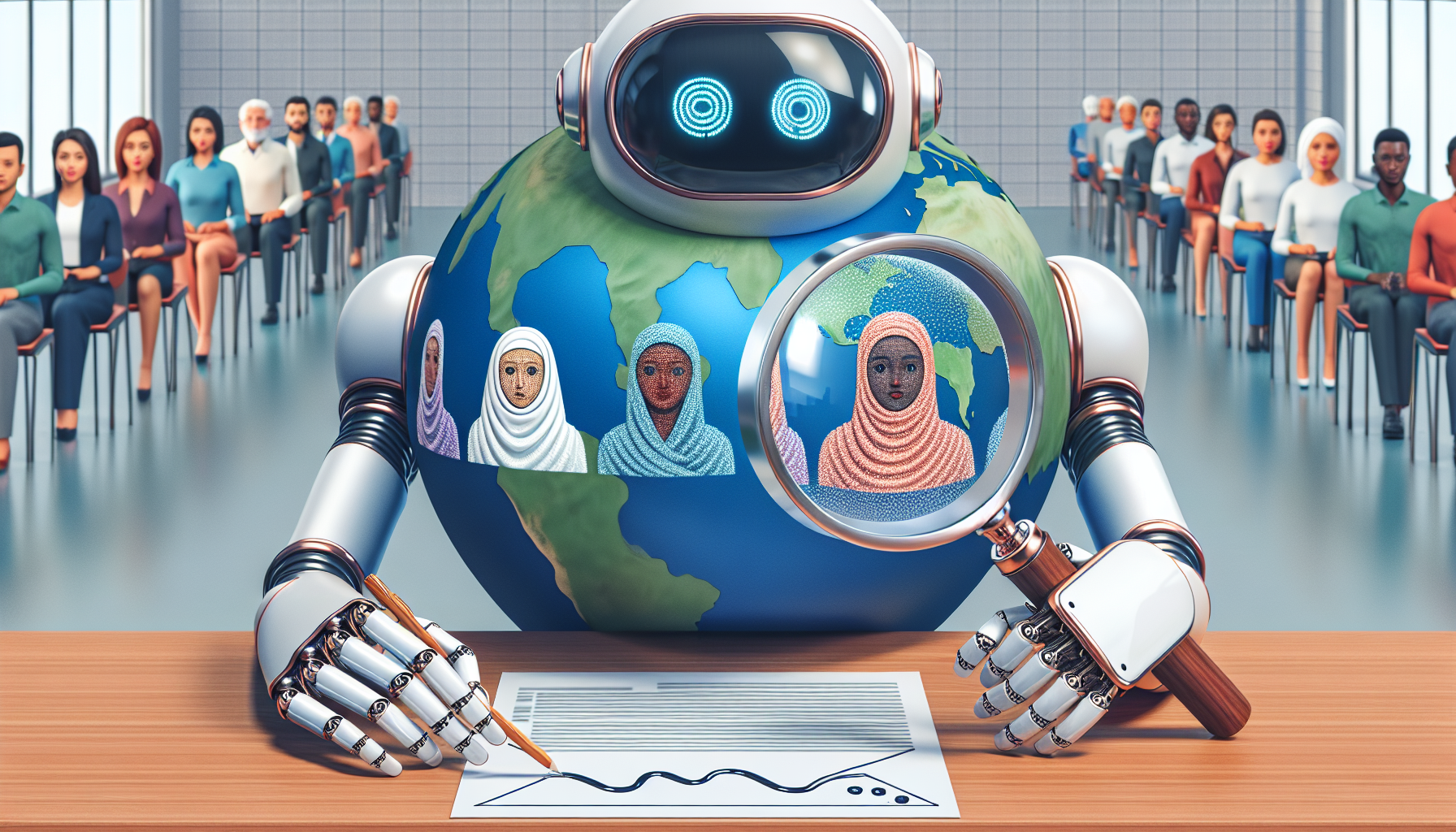
Despite ChatGPT’s tremendous potential, it’s crucial to consider its limitations and concerns. For instance, ChatGPT may encounter challenges related to generating factual errors, delivering outdated information, and facing memory constraints that affect its management of context and accuracy.
Moreover, the ethical and societal implications linked to the utilization of ChatGPT cannot be overlooked. The principal ethical and societal implications encompass its potential for:
Facilitating cheating
Impersonation
Dissemination of misinformation
Potential displacement of jobs in domains such as creative writing, communication, and coding.
Accuracy and Reliability
The accuracy and dependability of ChatGPT represents a critical consideration. Research indicates that ChatGPT’s accuracy has declined over time. While it does not intentionally provide false information, it frequently makes errors and does not consistently offer accurate information.
Further, the accuracy of ChatGPT can be impacted by outdated information, as it operates based on obsolete data and may not be able to provide accurate information about current events or recent developments.
Moreover, ChatGPT is constrained by a memory limit of 4,000 tokens, approximately equal to 3,000 words. This limitation can impact its capacity to manage lengthy conversations or sustain context throughout prolonged interactions.
Ethical Considerations
Considerable ethical considerations arise from using ChatGPT. AI, such as ChatGPT, has the potential to contribute to job displacement and unemployment by automating routine and repetitive tasks, which may lead to the displacement of certain job roles. However, it’s essential to acknowledge that AI can also generate new jobs in the development, deployment, and maintenance of AI systems.
Exploring Alternatives to ChatGPT
Although ChatGPT is a robust tool, it’s not the sole contender in the market. Alternatives such as:
Google Bard
Bing Chat
Claude
a range of open-source chatbot models
each offer distinct features and capabilities to address various requirements.
Comparing Features and Capabilities
A comparison of ChatGPT with other alternatives offers a detailed understanding of the offerings of each AI chatbot. For instance, Bing Chat, developed by Microsoft, provides a conversational search interface similar to ChatGPT. It includes capabilities for:
chatting
composing content
generating images
summarizing complex questions
On the other hand, Claude, developed by Anthropic, possesses capabilities akin to ChatGPT, such as:
Summarization
Search
Creative writing
Collaboration
Q&A
Coding
All with a focus on aligning with human values.
Open-Source Models
For individuals desiring greater customization and control in their AI chatbot experience, open-source models may present a feasible alternative. Open-source models refer to large language models (LLMs) like:
Open Assistant
Alpaca
Vicuna
Dolly 2
These models can be operated on one’s own servers, offering greater data control and avoiding dependency on a specific vendor.
The customization options for open-source models include:
Altering and adding accounts in Open Assistant
Implementing various product customizations for Alpaca
Utilizing a modular architecture in Vicuna
Employing customizable speech models in Dolly 2
These models provide benefits such as customization flexibility, community support, the capacity to innovate openly and transparently, and data analysis training on specific datasets.
Summary
ChatGPT, developed by OpenAI, is a powerful AI chatbot that leverages reinforcement learning and transformer architecture to generate human-like text. Users can access ChatGPT through OpenAI’s website or mobile app, and it has various practical applications in both personal and business contexts. However, it’s crucial to be aware of its limitations and concerns relating to accuracy, reliability, and ethical considerations.
Even though ChatGPT holds immense potential, alternatives like Google Bard, Bing Chat, Claude, and a range of open-source chatbot models each offer unique features and capabilities. As we continue to navigate the era of AI, it’s exciting to imagine what the future holds for AI chatbots like ChatGPT.
Frequently Asked Questions
What does ChatGPT do for us?
ChatGPT serves as a valuable tool for natural language understanding and generation, enabling tasks such as content creation, chatbot development, language translation, and more. It can also assist in tasks like composing emails, essays, and code.
How does ChatGPT actually work?
ChatGPT works by analyzing a large dataset of text to understand language, grammar, and the meaning of words and sentences, enabling it to generate appropriate responses to user queries.
Is ChatGPT safe to use?
ChatGPT is generally safe to use as long as you avoid sharing private information and are aware that your conversations may be used to train future versions of the model. However, it’s important to note that ChatGPT does store conversations for monitoring purposes, even if you opt out of data training.
How can I access ChatGPT?
You can access ChatGPT through OpenAI’s website or mobile app, where both free and paid versions are available.
What are the practical applications of ChatGPT?
The practical applications of ChatGPT range from composing email replies to assisting with personal tasks such as developing a personalized workout routine or generating ideas for projects. It has a wide range of potential uses.
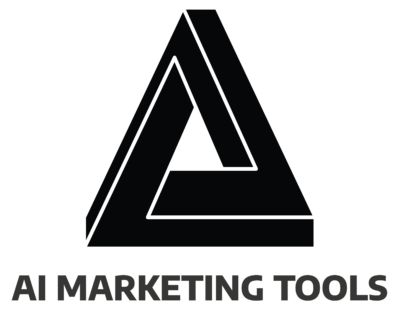
Comments